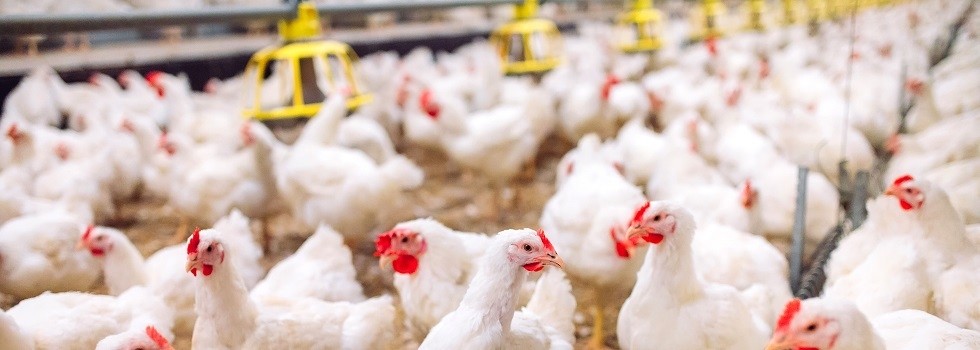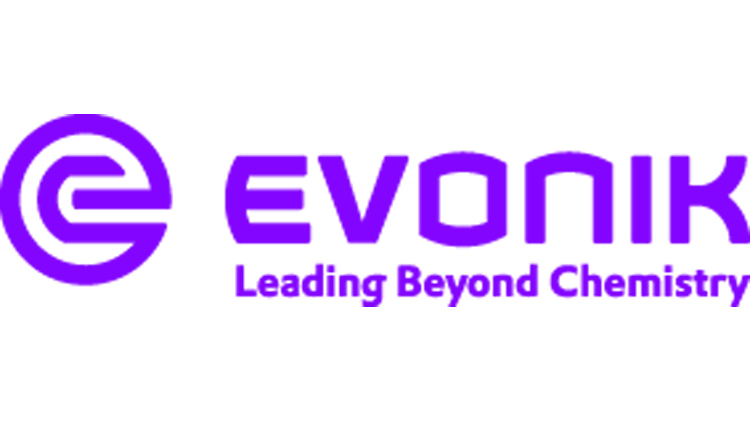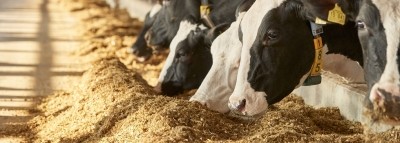Promotional Features
How to overcome dysbiosis in broiler production using a complementary and holistic approach
By Evonik's Research Manager for Poultry Nutrition, Dr. Nadia Yacoubi.
In modern broiler production, producers face a multifactorial problem including challenging environmental conditions, feed quality, and intestinal health. The interaction between these elements is key for the development of the morphology and the function of the gastrointestinal tract (GIT). This is essential for nutrient digestibility and absorption, but it is also the first line of defense against pathogens, viruses, and parasites. When building our gut health system solutions, we investigated the causes of these challenges and worked on finding solutions. This included looking into the main topics of environmental conditions such as heat stress, feed nutritional values and quality, parasites, antibiotic growth promoter (AGP) replacement, and the main pathogenic bacteria.
All these issues have a direct impact on the GIT, especially when one, or many of them, leads to a system imbalance. The intestinal ecosystem is a complex and interconnected network. It can be defined as a system, or a group of interconnected elements, formed by the interaction of a community of organisms with their environment, in the intestine (Martín et al., 2014). When the ecosystem is in balance, the different components of the system are working in harmony, also called homeostasis (Honda and Littman, 2016). This dynamic state of equilibrium is the condition of optimal functioning for the organism including microbiome (bacteria, viruses, fungi and protozoa) composition, metabolites, host epithelial cells, and physical and chemical conditions in the gastrointestinal tract. If this homeostasis status is destroyed, it results in dysfunction of the system, impaired interactions with the host, and reduced performance of livestock. One of the key elements of the intestinal ecosystem is the microbiota. Any alterations in the ecosystem will lead to an alteration in the microbiota and vice versa. The amplitude of this alteration and imbalance depends on the causes and its severity.
Dysbiosis is defined as an undesirable alteration of the microbiota resulting in an imbalance between protective and harmful bacteria (Chan et al., 2013). The definition of harmful bacteria is though not yet established. Pathogenic bacteria and harmful bacteria are considered synonymous terms. However, we know that some commensal bacteria may become harmful when conditions allow them to overgrow. The intestinal microbiota is composed of different commensal bacteria with different functions working together to maintain homoeostasis (Ducatelle et al., 2015). If the balance and synergy between these bacteria is altered, it will lead to an overgrowth of one population over the others and the consequence is dysbiosis (Ari et al., 2016). For example, the microbiota contains saccharolytic bacteria, carbohydrates degrading bacteria, and proteolytic bacteria that degrade protein working together in balance, and an overgrowth of one or the other disrupts the balance, and the consequence is dysbiosis (Van Immerseel et al., 2019).
The causes of dysbiosis are related to various factors and lead to different severity of effects:
Antibiotics
Antibiotics are the most common and significant cause of alteration of the microbiota (Hawrelak and Myers, 2004; Singh et al., 2013; Khan et al., 2019). In many countries, the ban on the use of antibiotics as growth promoters due to the development of antibiotic resistance, means they are only allowed for therapeutic treatment. Recent studies have shown that even when used for curative purposes, antibiotics can cause dysbiosis and lead to decreased growth performance in livestock (Le Roy et al., 2019). In this study they suggested that host metabolic response to antibiotic treatment resulted from a co-occurring modification of the gut microbiota composition and steroid hormones metabolism.
Pathogenic bacteria and parasites
Pathogenic bacteria are part of the intestinal ecosystem, but in homeostasis they are usually in low concentration or below detection level when using common microbiological methods. When disbalance occurs, it may lead to an overgrowth of these populations (Ma et al., 2016). These pathogens will first compete for nutrients with the host and with other commensal bacteria (Lacey et al., 2018). They will then produce metabolites and toxins that lead to more severe dysbiosis, evolving into enteritis (Toor et al., 2019). The symptoms and effects of these pathogens depend on the strains and concentration of these bacteria in the gut, but also the presence of parasites.
Feed contaminants
Feed contaminants or toxic materials such as toxins, mycotoxins (Levasseur et al., 2011; Miedaner et al., 2015), pesticides, chemical residues, biogenic amines (Ladero et al., 2010), and others can also cause dysbiosis. These include pesticides and chemical residues from feed ingredients, biogenic amines, mycotoxins, and plant toxins.
Unbalanced diet
Diets containing high protein/energy which creates an imbalance between energy and protein requirement, will lead to an excess of undigested protein reaching the ceca. This will, in turn, lead to an overgrowth of proteolytic bacteria. The latter will produce ammonia and hydrogen sulfide (H2S) (Immerseel et al., 2004; Ducatelle et al., 2018).
Anti-nutritional factors and poorly digestible ingredients
When cellulose, non-starch polysaccharides (NSP), and phytate fractions are at a high level in feed, they will alter the physico-chemical properties of the intestinal ecosystem. Many papers have discussed and reviewed the impact of undigestible fractions of the diet on the digestibility and physico-chemical properties of the GIT. These anti-nutritional factors are responsible for the modification of the physico-chemical conditions in the intestine such as mucus composition and secretion, the gastric acidity, pancreatic secretion of bacteriostatic peptides, mucus secretion when associated with focal ulceration, and inflammation of the mucosa results in a reduced nutrient absorption and a shift in the microbial composition and metabolite compositions (Scott et al., 2013).
Feed structure and particle size
Coarse particle size is closely related to fiber composition and has been reported to improve gut health and feed utilization (Kheravii et al., 2018). However, the challenge with particle size is reaching the optimal feed particle size (Ali, 2018). Feed particle size is an important factor and is mainly related to the production process. Usually, it is a cost relevant factor, but it also has a significant impact on animal performance, as well as the development of the broiler GIT and intestinal health.
Environmental conditions
Environmental conditions like heat or cold stress usually lead to alteration in the gastrointestinal physiology and/or immunity which can also lead to lower nutrient absorption and altered microbiota.
Relatively few papers have studied the effect of environmental conditions like heat or cold stress on the microbiota of broilers. Although the results show that heat stress impacts feed intake and growth performance of the birds, and by consequence the physico-chemicals properties of the GIT, that will lead to a modification of the microbial community (Zhang et al., 2017).
Probiotics can play an important role in maintaining intestinal integrity and performance levels during environmental stressors like above optimal heat. This was observed in a study conducted in Thailand where Ecobiol helped overcome the negative impact of heat stress (Dorigam et al., 2019). Under heat stress, the feed intake and protein digestion and absorption were decreased. The probiotic supplementation allowed this to be rebalanced and for the same performance as the thermoneutral control group to be achieved. On the other hand, the probiotic allowed the activity of the immune system to be maintained and for a decrease in the E. coli count in the cecal samples.
Taking into consideration all these factors, we can see that any minor shift in the intestinal ecosystem of broilers can lead to a chain of events that will lead to a more severe infection, growth performance losses, morbidity, and in the worst case, mortality. To maintain a balanced intestinal ecosystem, we need more than a single product. Solutions are needed that take into consideration all the key components of this ecosystem and bring them all to perfect homeostasis. With Evonik’s large panel of services, products, scientific, and technical know-how, we can help you develop a solution that will allow your flock to maintain optimal performance while being sustainable and ethical.
The business program Gut Health Solutions, part of Sustainable Healthy Nutrition at Evonik Operations GmbH, has developed a new gut health concept for broilers, layers, and swine. It combines Evonik’s amino acid and probiotic portfolios with its AMINO services program, and provides a holistic solution for animal health and livestock production. The new concept aims to link gut health to economic success by serving customer needs along the value chain of livestock production.




